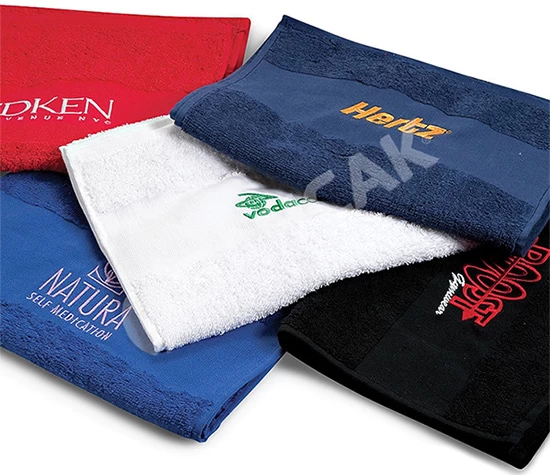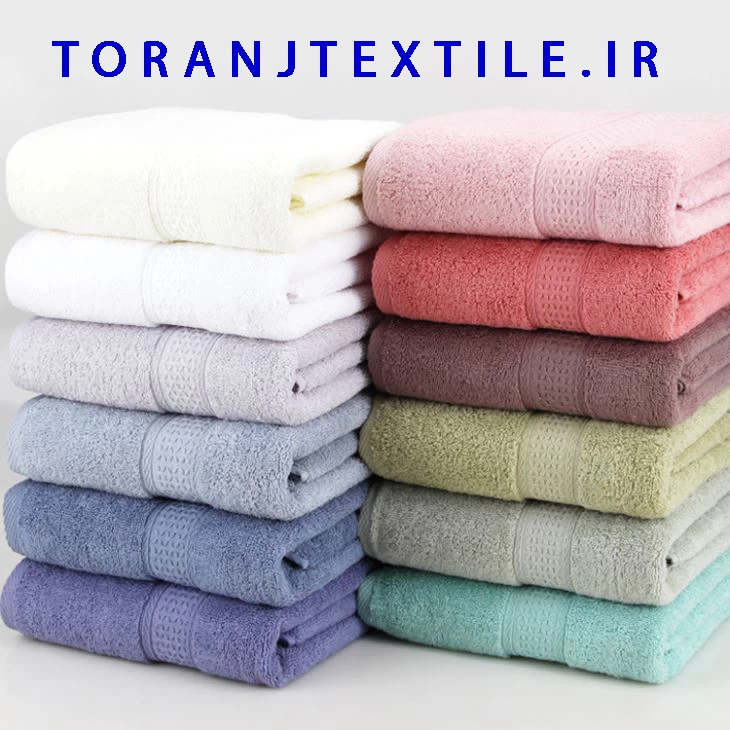Towel
Towels, seemingly mundane yet indispensable, play a vital role in our daily lives. Woven from various materials like cotton, bamboo, or microfiber, these absorbent linens serve diverse purposes beyond mere drying. The texture of a towel can range from plush and fluffy to lightweight and quick-drying, catering to individual preferences.
From the cozy embrace of a bath towel to the compact efficiency of a hand towel, these linens accompany us in moments of hygiene and relaxation. The choice of towel often reflects personal taste, with colors and patterns adding a touch of individuality to bathroom aesthetics.
Beyond personal care, towels find utility in myriad situations. Beach towels offer a comfortable spot on the sand, while kitchen towels stand ready to handle spills and stains. In gyms and spas, oversized towels provide a sense of luxury.
The evolution of towels goes beyond functionality; eco-friendly options highlight a growing awareness of sustainable living. Towels, often taken for granted, weave their way into the fabric of our daily routines, silently ensuring comfort, cleanliness, and a touch of personal style.
Towels straddle the line between home textile and skincare product, embodying a dual nature that serves both functional and personal care purposes. As a home textile, towels are integral to interior design, contributing to the overall aesthetic of bathrooms and kitchens. The choice of material, color, and pattern can complement or accentuate a home's decor.
Simultaneously, towels play a crucial role in skincare, acting as a medium between the skin and the outside environment. The absorbent fabric aids in drying after baths or showers, promoting personal hygiene. The type of material used can influence the sensation on the skin, contributing to comfort and well-being.
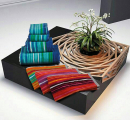
While towels primarily fulfill a textile function within the home, they intimately interact with our bodies during daily routines, making them an essential aspect of skincare. The merging of these roles underscores the versatility of towels, transcending their utilitarian purpose to become an integral part of both home fashion and personal care rituals.
The export dynamics of towels differ from those of blankets, tents, and other textiles due to their specific utility and market demands. Towels, often considered essential daily items, are frequently exported in large quantities to meet global demand for personal and household use. The variety in materials, sizes, and designs allows for a broad market appeal, accommodating diverse preferences worldwide.
In contrast, blankets, while also catering to comfort and warmth, may have a more seasonal demand, with heightened interest during colder months. The export of blankets often involves considerations of insulation properties and design aesthetics tailored to specific climates.
Tents, on the other hand, are specialized textile products with a focus on outdoor activities. Exporting tents involves considerations of durability, weather resistance, and portability, catering to camping, trekking, and outdoor event markets. The technical specifications and functionality play a crucial role in the export of tents.
Overall, while towels have a consistent demand rooted in daily routines, blankets and tents cater to specific seasonal or outdoor needs, necessitating distinct export strategies based on functionality, design, and market trends.
Towels, blankets, tents, and other textiles are made from a variety of materials, each chosen for its specific characteristics and intended use.
1. Towels: Common materials for towels include cotton, bamboo, microfiber, or a blend of these. Cotton towels are known for their absorbency and softness, while microfiber towels are valued for their quick-drying properties.
2. Blankets:Blankets can be crafted from materials such as wool, cotton, fleece, acrylic, or a combination of these. Wool blankets offer warmth, cotton blankets are breathable, and fleece blankets are soft and cozy.
3. Tents:Tent fabrics vary, with commonly used materials including polyester, nylon, canvas, or a combination. Polyester and nylon tents are lightweight and water-resistant, while canvas tents provide durability and breathability.
The choice of material is influenced by factors like intended use, climate conditions, and desired properties such as warmth, breathability, or water resistance. Each textile's composition contributes to its functionality, comfort, and overall performance in its respective application.
Towels are a universal and ageless commodity, catering to individuals across all age groups. From infants to the elderly, towels serve various purposes in personal care and hygiene.
Infants and Children: Soft and gentle towels are designed for delicate baby skin, often featuring colorful designs or hooded styles. As children grow, they transition to standard-sized towels, but the market offers playful and themed options to make bath time enjoyable.
Teens and Adults: Towels for teens and adults come in various sizes, materials, and designs, accommodating personal preferences. They range from vibrant and trendy patterns for younger individuals to more sophisticated or neutral options for adults.
Elderly: Towels continue to be essential for seniors, offering comfort and practicality in daily hygiene routines. Considerations may be made for easy-to-handle designs and materials suitable for sensitive skin.
In essence, towels are timeless and adaptable, evolving to meet the needs and preferences of individuals throughout their lifespan. The diversity in sizes, styles, and materials ensures that there is a suitable towel for everyone, regardless of age.
The highest quality towel textures are often associated with premium materials that balance softness, absorbency, and durability.
Egyptian Cotton: Renowned for its long fibers, Egyptian cotton produces towels with exceptional softness and absorbency. The long staple length contributes to a luxurious feel and durability.
Pima Cotton:Similar to Egyptian cotton, Pima cotton has long fibers, resulting in soft and durable towels. It is known for its ability to maintain quality over time.
Turkish Cotton: Turkish cotton towels are prized for their absorbency and quick-drying properties. They often have a plush and luxurious texture, providing a spa-like experience.
Bamboo: Towels made from bamboo fibers are eco-friendly, soft, and naturally hypoallergenic. They offer a silky texture and excellent moisture-wicking capabilities.
Microfiber: While not a traditional fabric, microfiber towels are appreciated for their ultra-soft texture and quick-drying features. They are lightweight and often used in travel or sports towels.
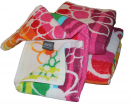
Ultimately, the choice of the "highest quality" texture depends on personal preferences. Some may prefer the classic luxury of Egyptian or Pima cotton, while others appreciate the eco-friendly and silky feel of bamboo. The key is finding a texture that aligns with individual comfort preferences and intended use.
Towels straddle the line between home textile and skincare product, embodying a dual nature that serves both functional and personal care purposes. As a home textile, towels are integral to interior design, contributing to the overall aesthetic of bathrooms and kitchens. The choice of material, color, and pattern can complement or accentuate a home's decor.

The export dynamics of towels differ from those of blankets, tents, and other textiles due to their specific utility and market demands. Towels, often considered essential daily items, are frequently exported in large quantities to meet global demand for personal and household use. The variety in materials, sizes, and designs allows for a broad market appeal, accommodating diverse preferences worldwide.
Towels, blankets, tents, and other textiles are made from a variety of materials, each chosen for its specific characteristics and intended use.
Towels are a universal and ageless commodity, catering to individuals across all age groups. From infants to the elderly, towels serve various purposes in personal care and hygiene.
The highest quality towel textures are often associated with premium materials that balance softness, absorbency, and durability.

FAQs
What makes a towel better?
Quality materials, like cotton or bamboo, contribute to superior softness and absorbency.
What makes towels hard?
Towels can become hard due to factors like mineral buildup from hard water, excessive detergent use, or insufficient rinsing.
What temperature should towels be washed?
Typically, washing towels in warm water (around 90-110°F or 32-43°C) is effective for removing germs and maintaining fabric quality.
What makes towels softer?
Using fabric softener, vinegar, or baking soda in the wash, and avoiding excessive detergent, helps maintain softness.
 +7929688-88-14
+7929688-88-14

 English
English
 Persian
Persian
 Russian
Russian
 Chinese
Chinese


 +7929688-88-14
+7929688-88-14

.webp)

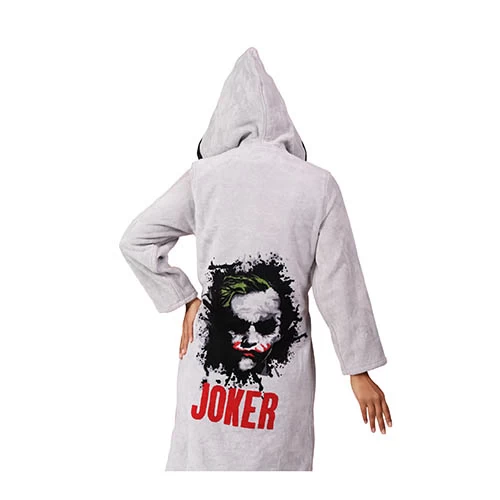
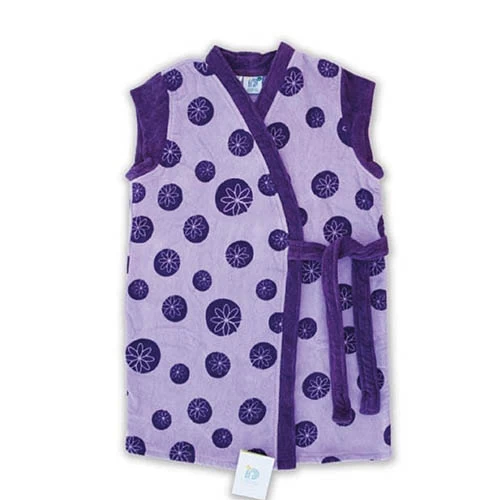
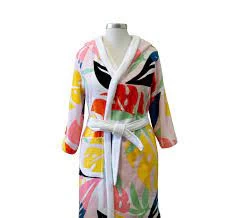
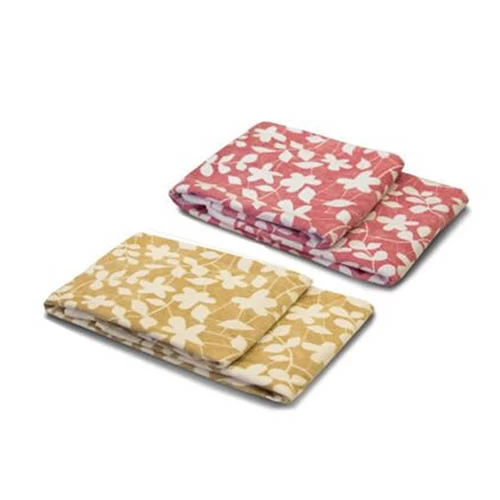
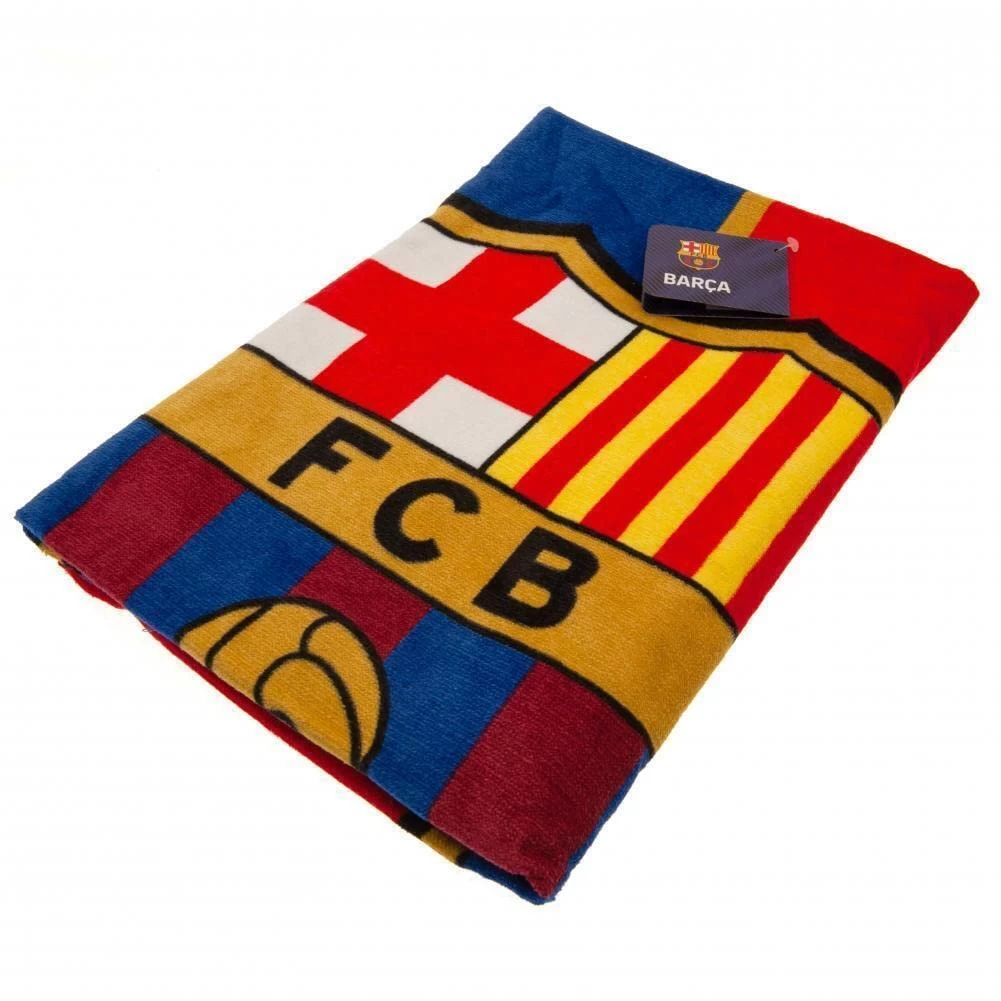

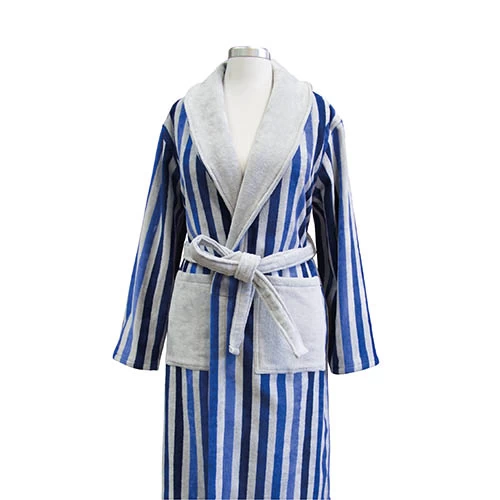
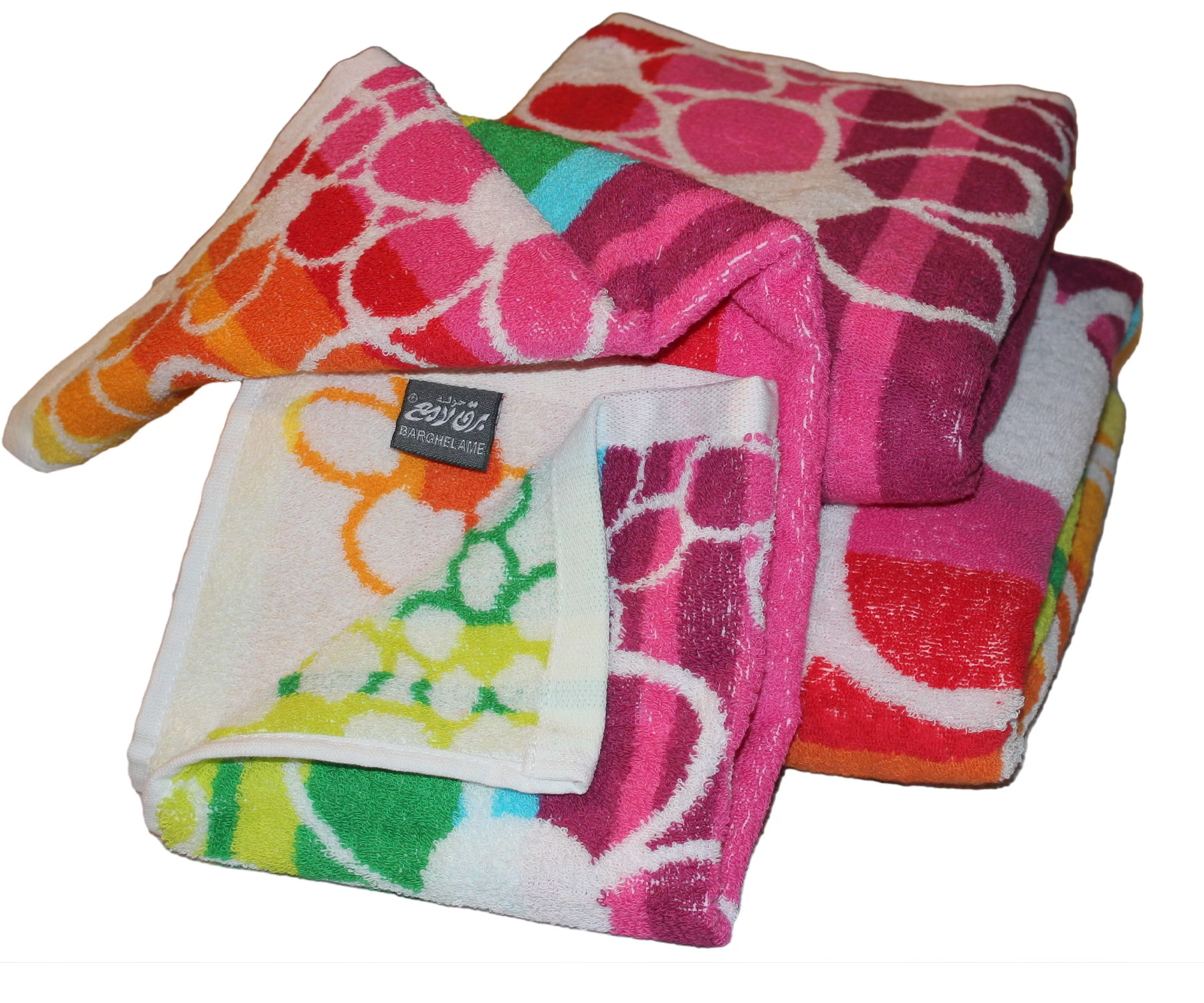
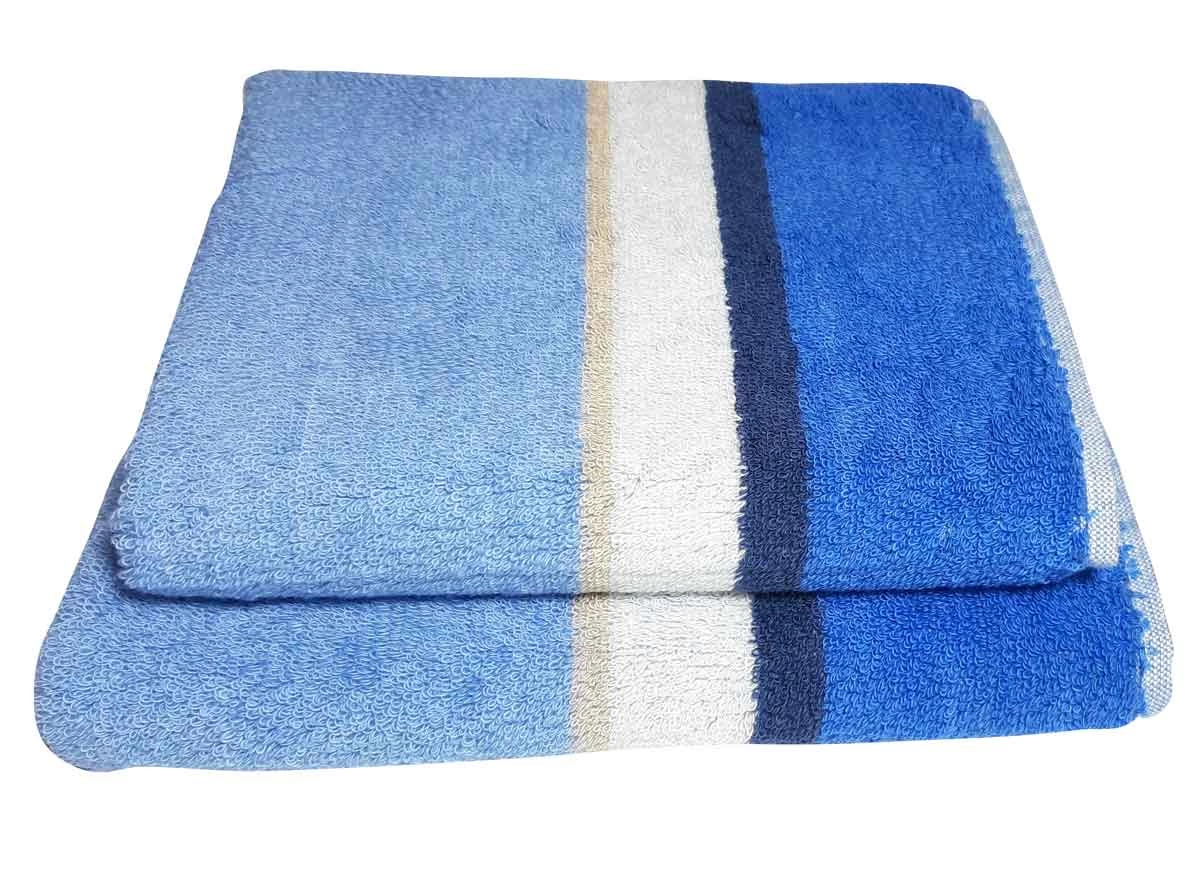
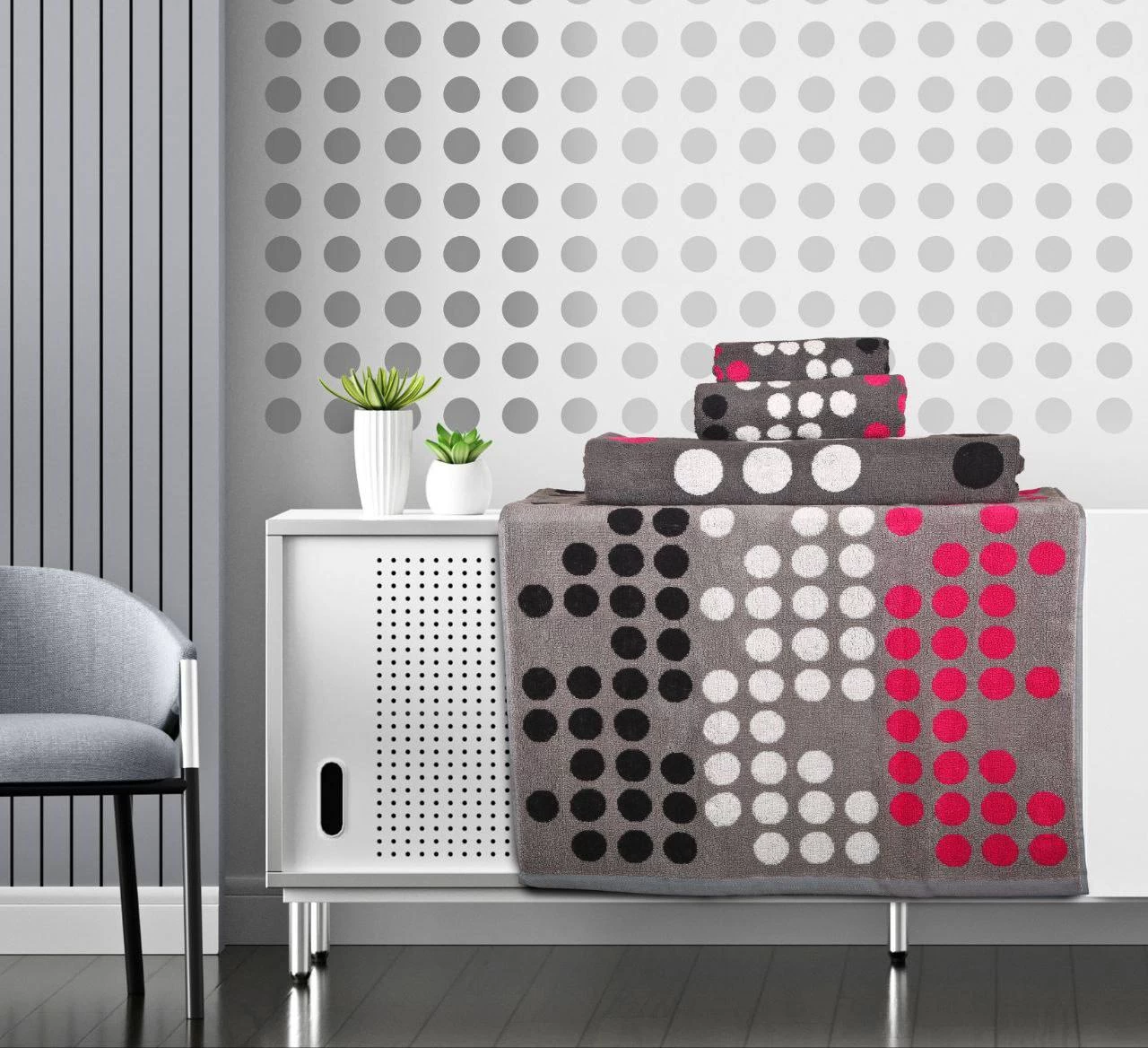
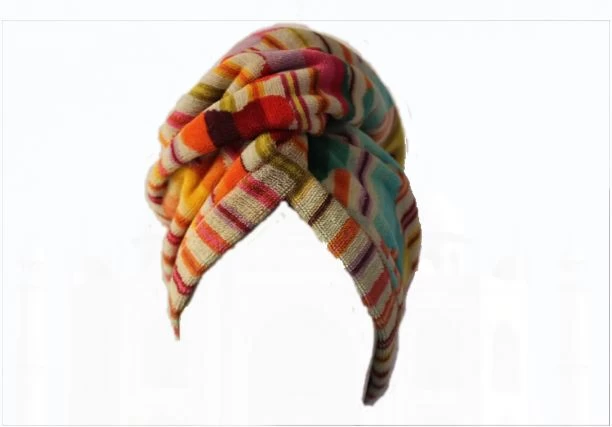

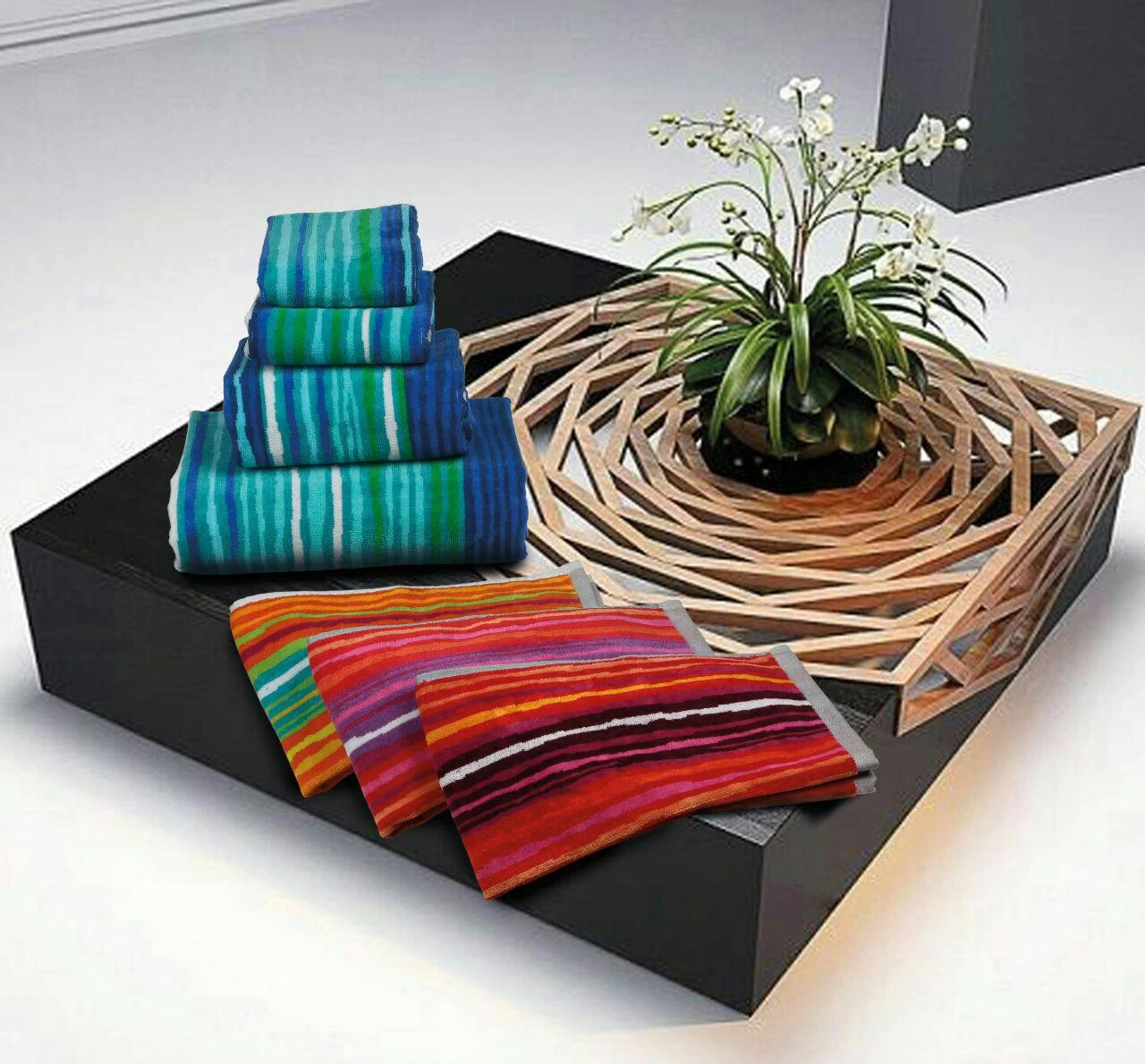
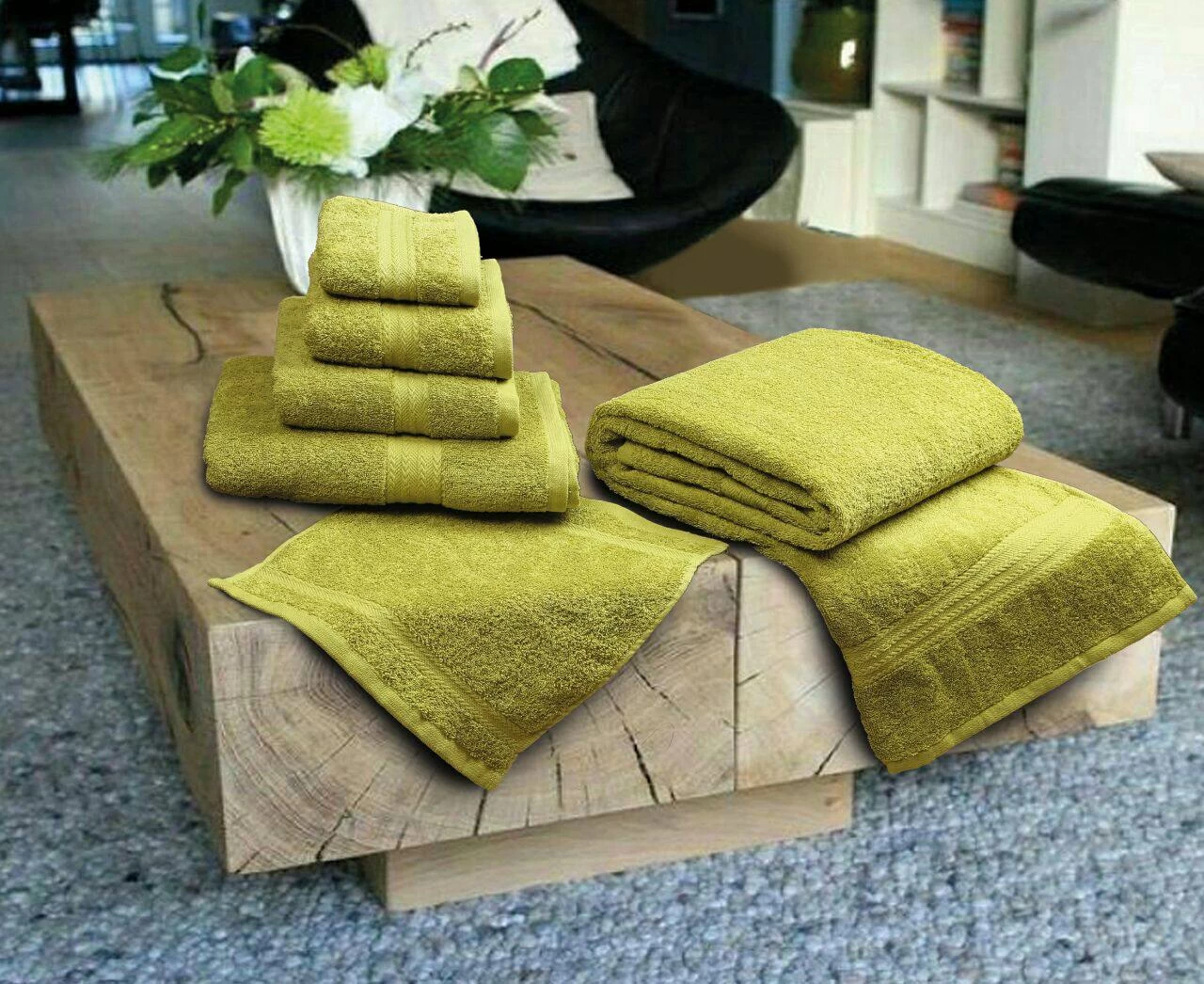
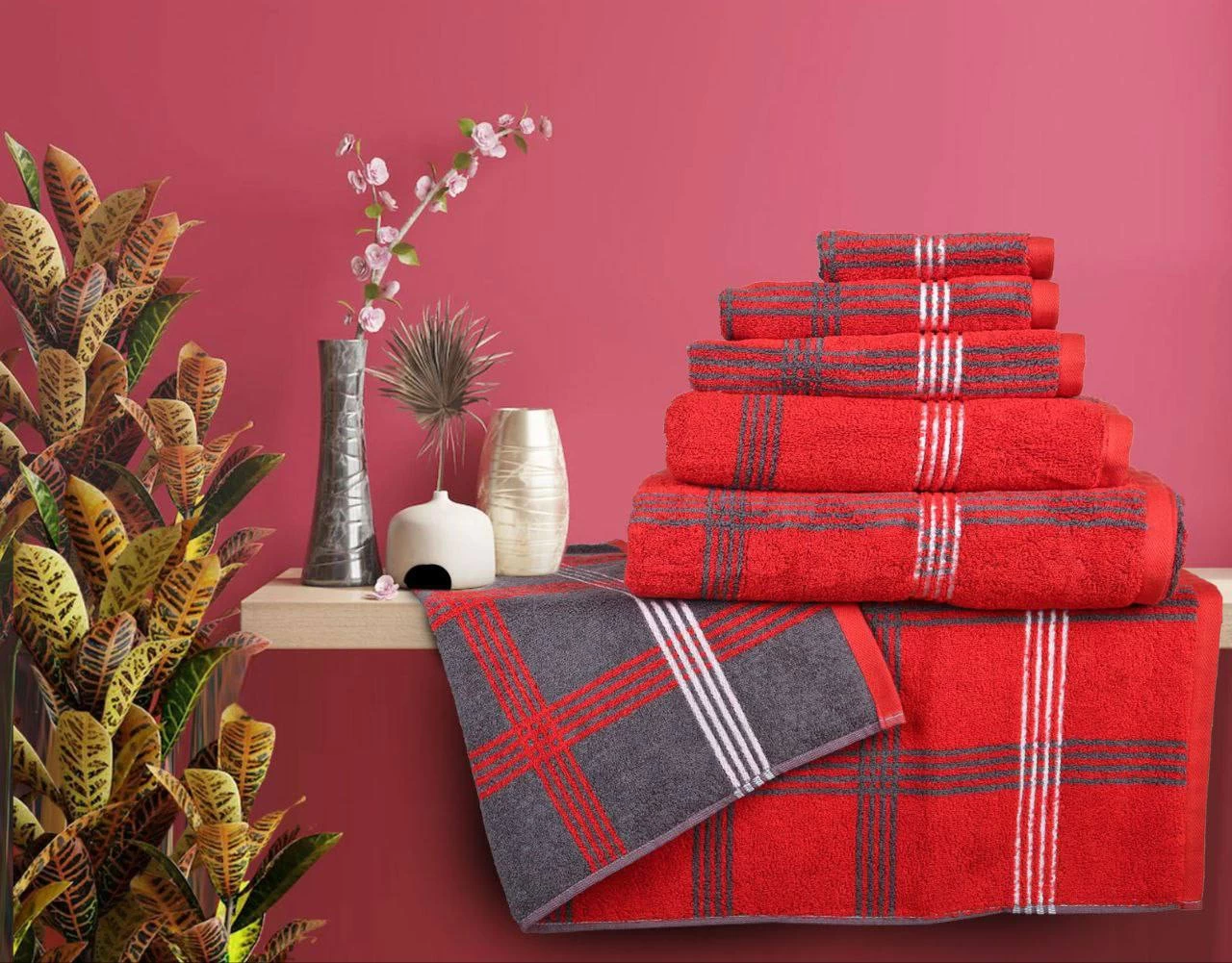
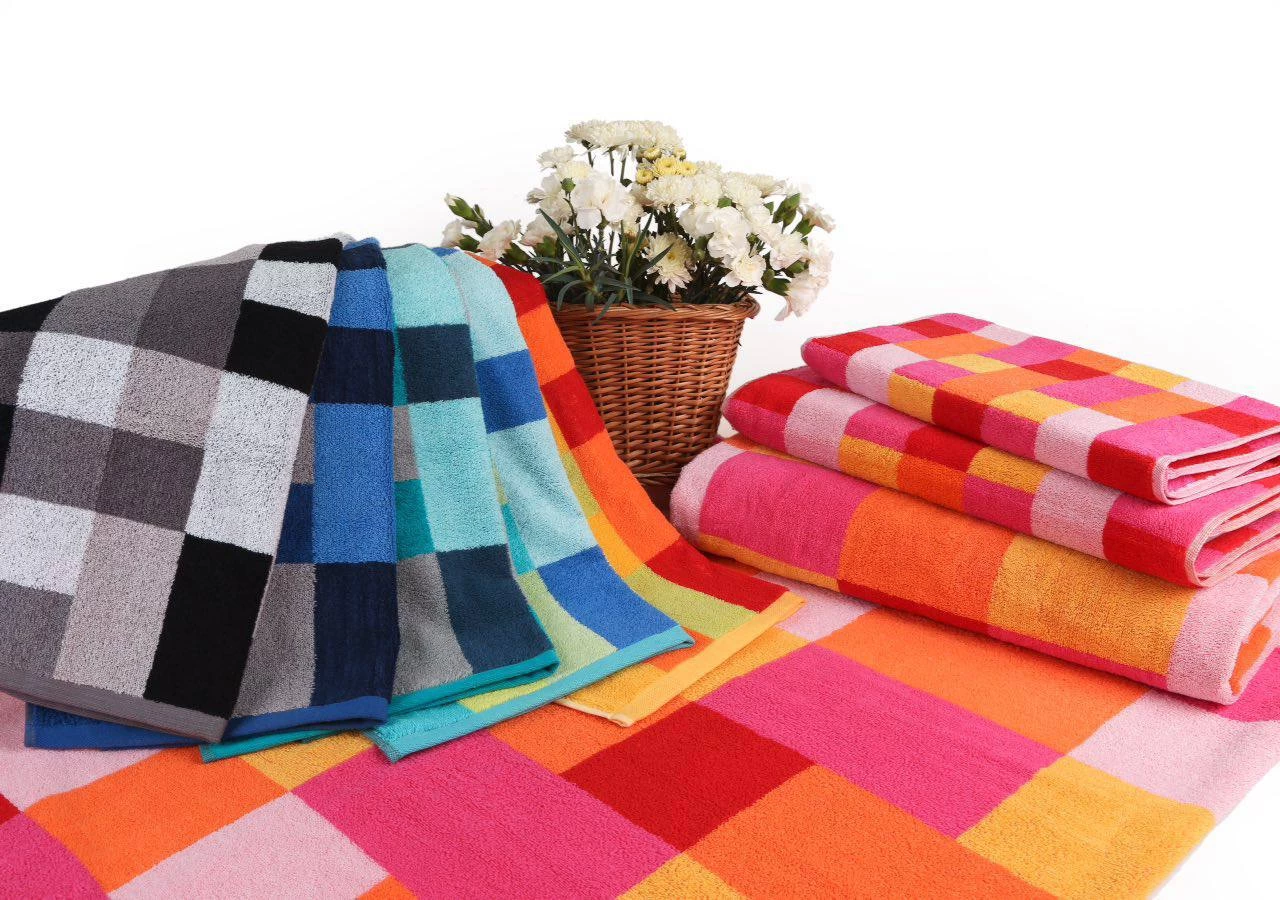
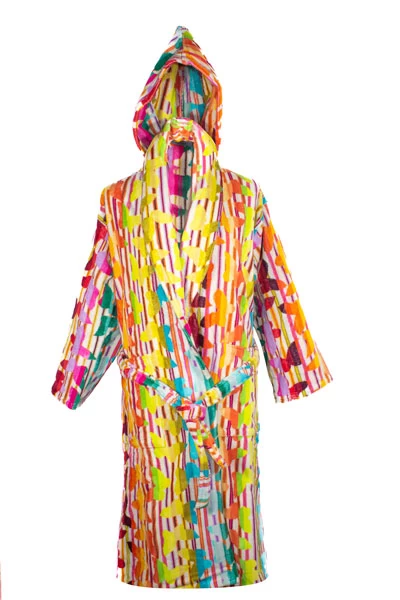
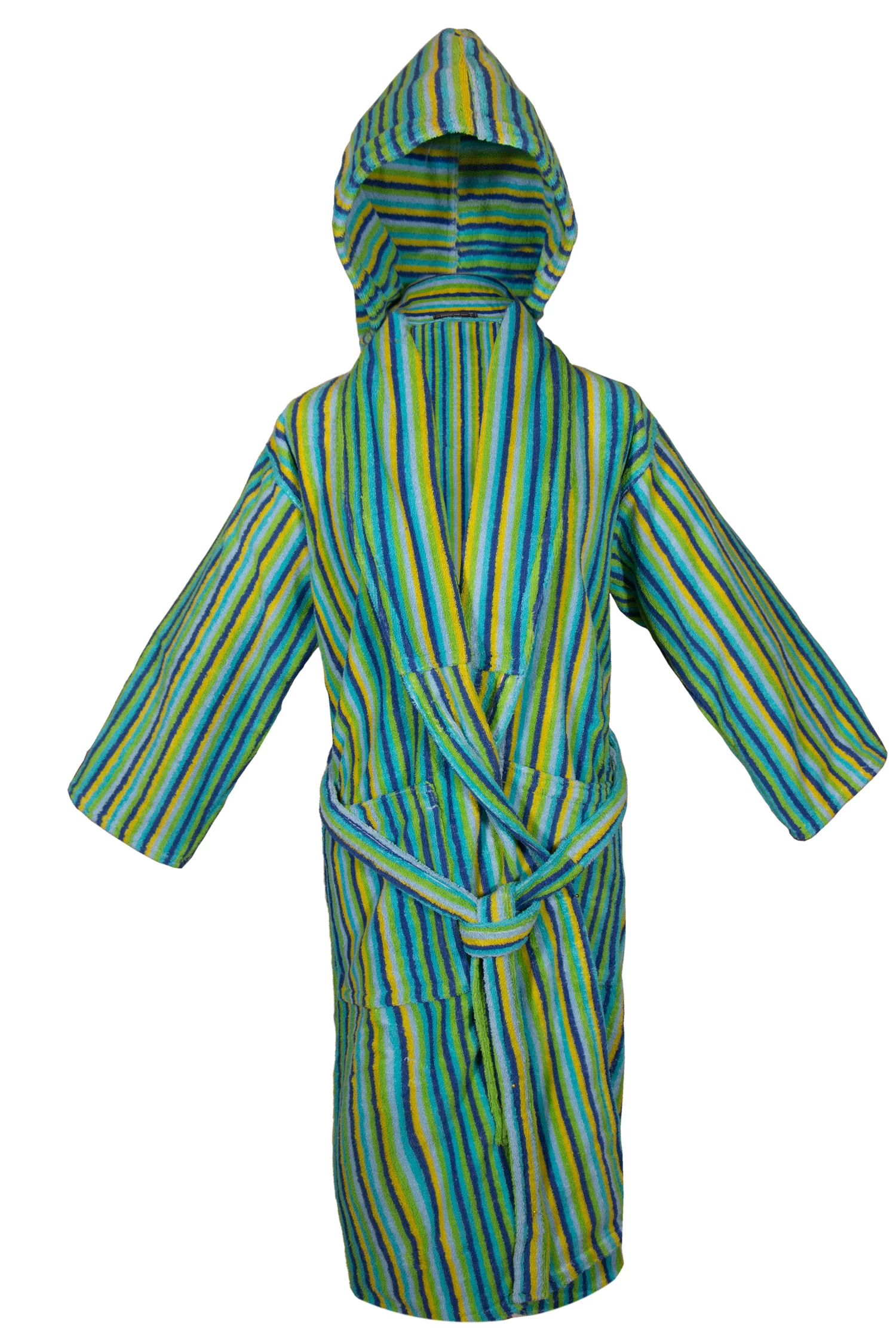
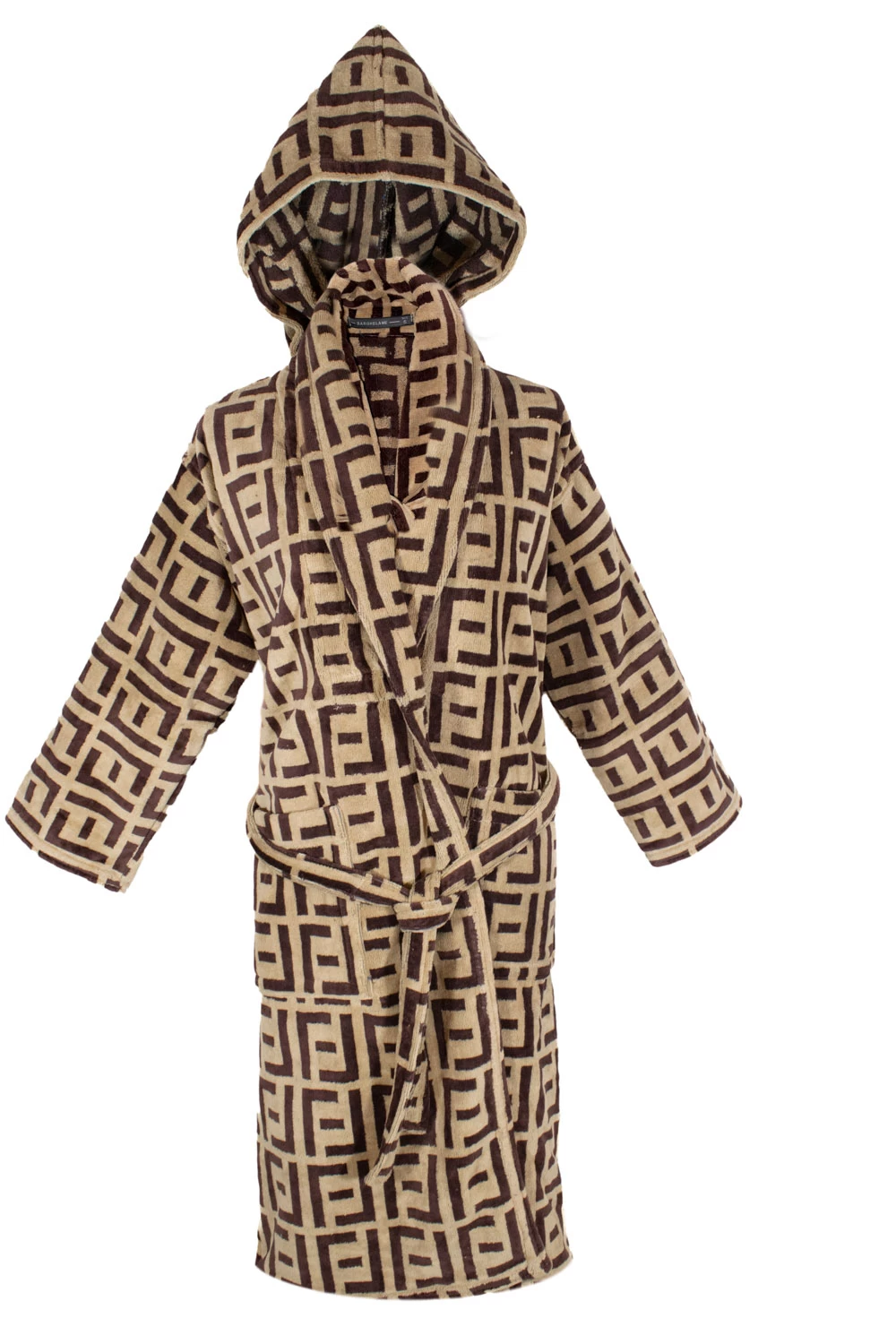
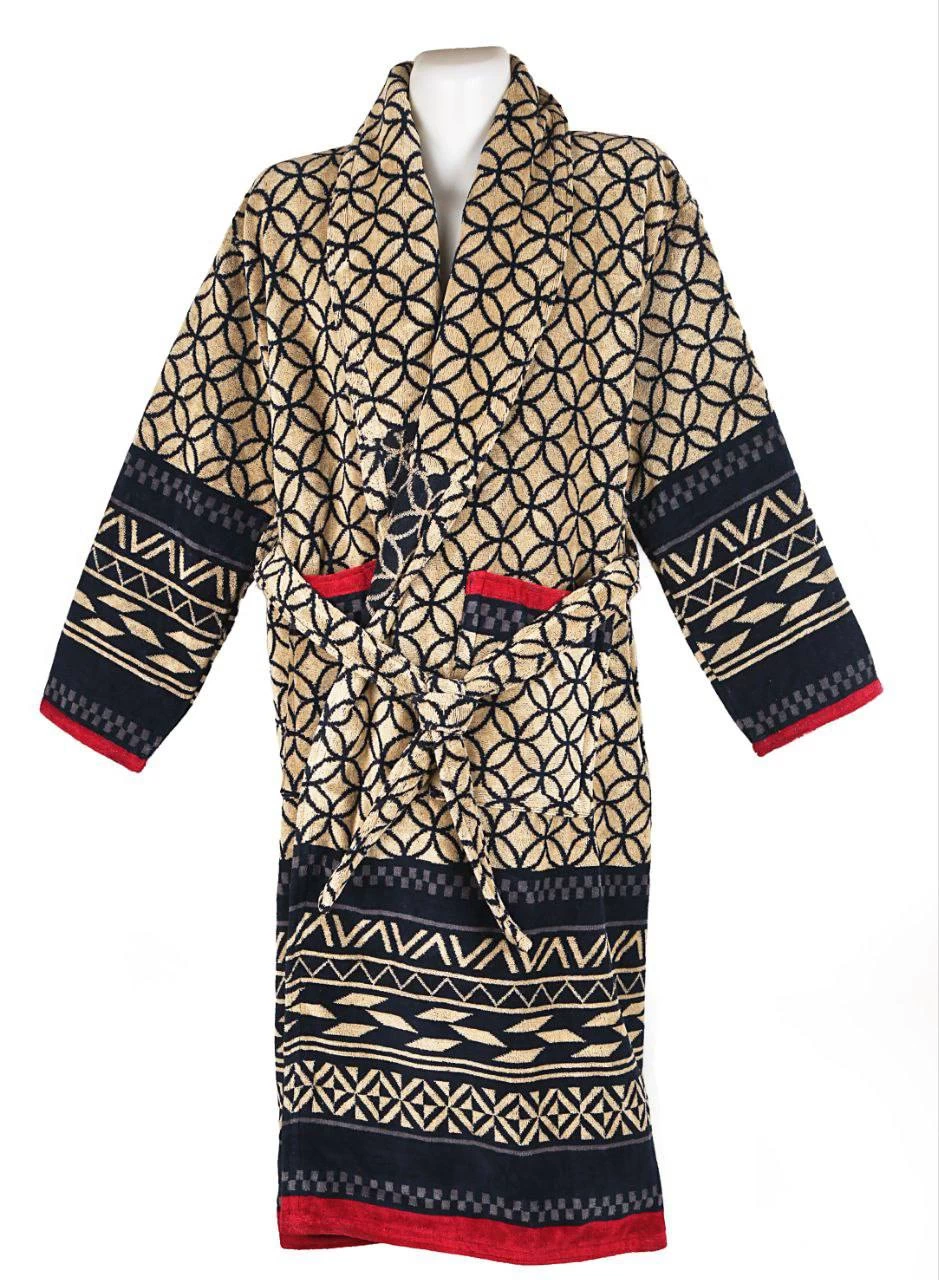
.webp)
